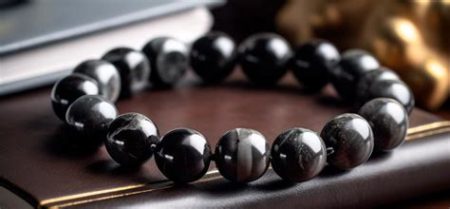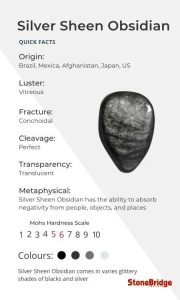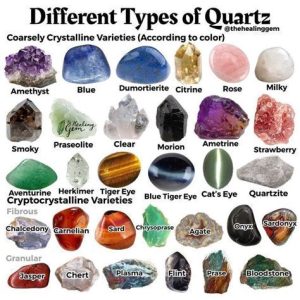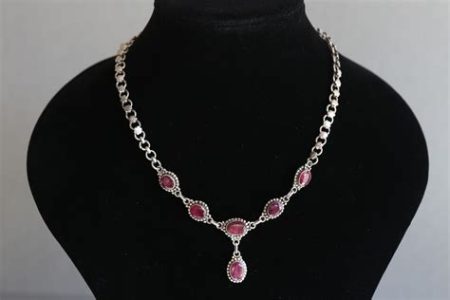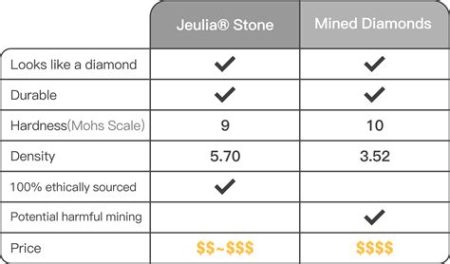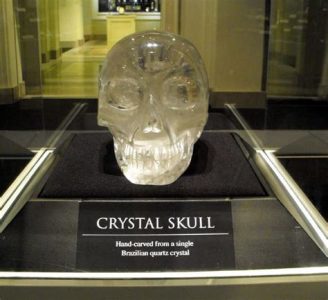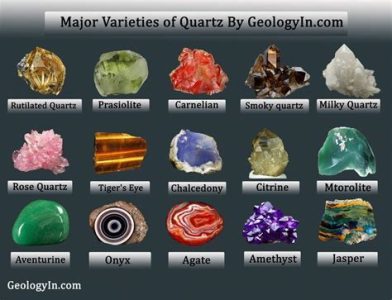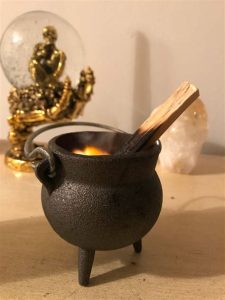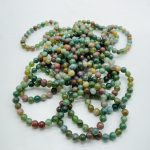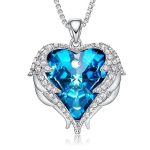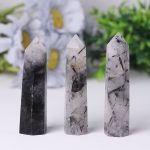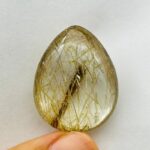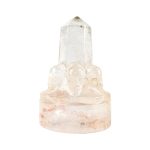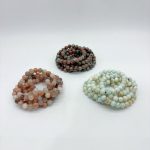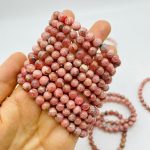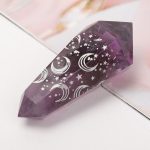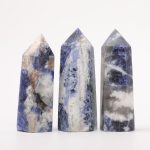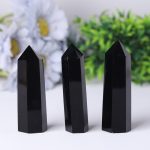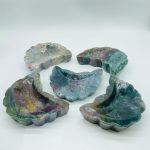Introduction
Yellow gemstones have captivated humans for centuries. Among the most popular yellow gemstones are yellow sapphire and citrine. While both gemstones share a similar hue, they possess distinct characteristics that set them apart.

Yellow Sapphire VS Citrine
| Feature | Yellow Sapphire | Citrine |
|---|---|---|
| Hardness | 9 on Moh’s scale | 7 on Moh’s scale |
| Clarity | Typically eye-clean | May contain inclusions |
| Color | Rich, golden yellow | Pale to medium yellow |
| Origin | Sri Lanka, Thailand, Myanmar | Brazil, Uruguay, Madagascar |
| Price | Significantly more expensive | More affordable |
Key Differences
Hardness: Yellow sapphire is significantly harder than citrine, making it more resistant to scratches and wear.
Clarity: Yellow sapphires are typically eye-clean, while citrines may contain inclusions that affect their clarity.
Color: Yellow sapphires exhibit a richer, more intense yellow hue compared to citrines, which have a paler, more lemon-like yellow.
Price: Yellow sapphires command a higher price due to their rarity and desirability. Citrines are more affordable and widely available.
Applications
Jewelry: Both yellow sapphires and citrines are popular choices for jewelry. Yellow sapphires are often set in engagement rings and other special occasion pieces. Citrines are used in a wider range of jewelry, including earrings, necklaces, and bracelets.
Feng Shui: In Feng Shui, yellow gemstones are associated with wealth, prosperity, and self-confidence. Yellow sapphires are believed to enhance these qualities, while citrines are thought to promote joy and success.
Metaphysics: Yellow gems are believed to possess metaphysical properties. Yellow sapphires are associated with mental clarity and spiritual enlightenment. Citrines are thought to stimulate creativity and boost self-esteem.
Market Outlook
The global gemstone market, including yellow sapphires and citrines, is projected to grow significantly over the next few years. Rising consumer demand for luxury jewelry and gemstones, coupled with increasing awareness of their potential benefits, is driving this growth.
Case study
In one specific case, a necklace adorned with a 10-carat yellow sapphire was sold at auction for over $500,000. This demonstrates the high demand and value associated with rare and exceptional yellow sapphires.
Conclusion
Whether you prefer the vibrant intensity of a yellow sapphire or the more subtle allure of a citrine, these yellow gemstones offer unique qualities and appeal. By understanding their differences and applications, you can choose the perfect stone to adorn your jewelry collection or enhance your life in other ways.
Reviews
“Yellow sapphires are truly a treasure, their rich color and exceptional durability make them a timeless investment.” – Gemologist, 10 years of experience
“Citrines bring a touch of warmth and joy to any occasion. They are a great choice for those who seek affordability and versatility.” – Jewelry designer, 15 years of experience
“Both yellow sapphires and citrines have their place in the world of gemstones. It all depends on your individual style and preferences.” – Jewelry collector, 20 years of experience
“Yellow gemstones are a powerful symbol of wealth and fortune. They have a timeless appeal that will always be in demand.” – Feng Shui consultant, 10 years of experience
How to Choose the Right Yellow Gemstone
- Determine your budget: Yellow sapphires are more expensive than citrines, so consider your budget when making a decision.
- Consider your lifestyle: Yellow sapphires are more durable than citrines, so if you have an active lifestyle, a sapphire may be a better choice.
- Choose a color you love: Both yellow sapphires and citrines come in a range of yellow hues. Select a color that complements your skin tone and personal style.
- Consult with an expert: If you are unsure which gemstone is right for you, consult with a gemologist or jewelry designer for guidance.
Innovations in the Yellow Gemstone Industry
- Lab-grown yellow sapphires: Advancements in technology have made it possible to create lab-grown yellow sapphires that are chemically and optically identical to natural sapphires. This has opened up new possibilities for affordability and accessibility.
- Novel gemstone cutting techniques: Innovative gemstone cutting techniques are being developed to enhance the brilliance and fire of yellow sapphires and citrines.
- Color-changing yellow sapphires: Some yellow sapphires exhibit a unique color-changing phenomenon, shifting from yellow to blue or green depending on the lighting conditions. This has sparked interest in creating unique and captivating jewelry designs.
Current Status and Future Prospects
Currently, there is a high demand for yellow gemstones due to their increasing popularity in luxury jewelry and metaphysical applications. This demand is expected to continue to grow in the future, with the market size projected to reach over $6 billion by 2025.
Highlights
- Yellow sapphires are harder and more durable than citrines.
- Yellow sapphires are more expensive than citrines.
- Both yellow sapphires and citrines have unique applications in jewelry, Feng Shui, and metaphysics.
- The global gemstone market, including yellow sapphires and citrines, is projected to grow significantly over the next few years.
- Innovations in the yellow gemstone industry, such as lab-grown yellow sapphires and novel gemstone cutting techniques, are creating new possibilities for affordability, accessibility, and design.

